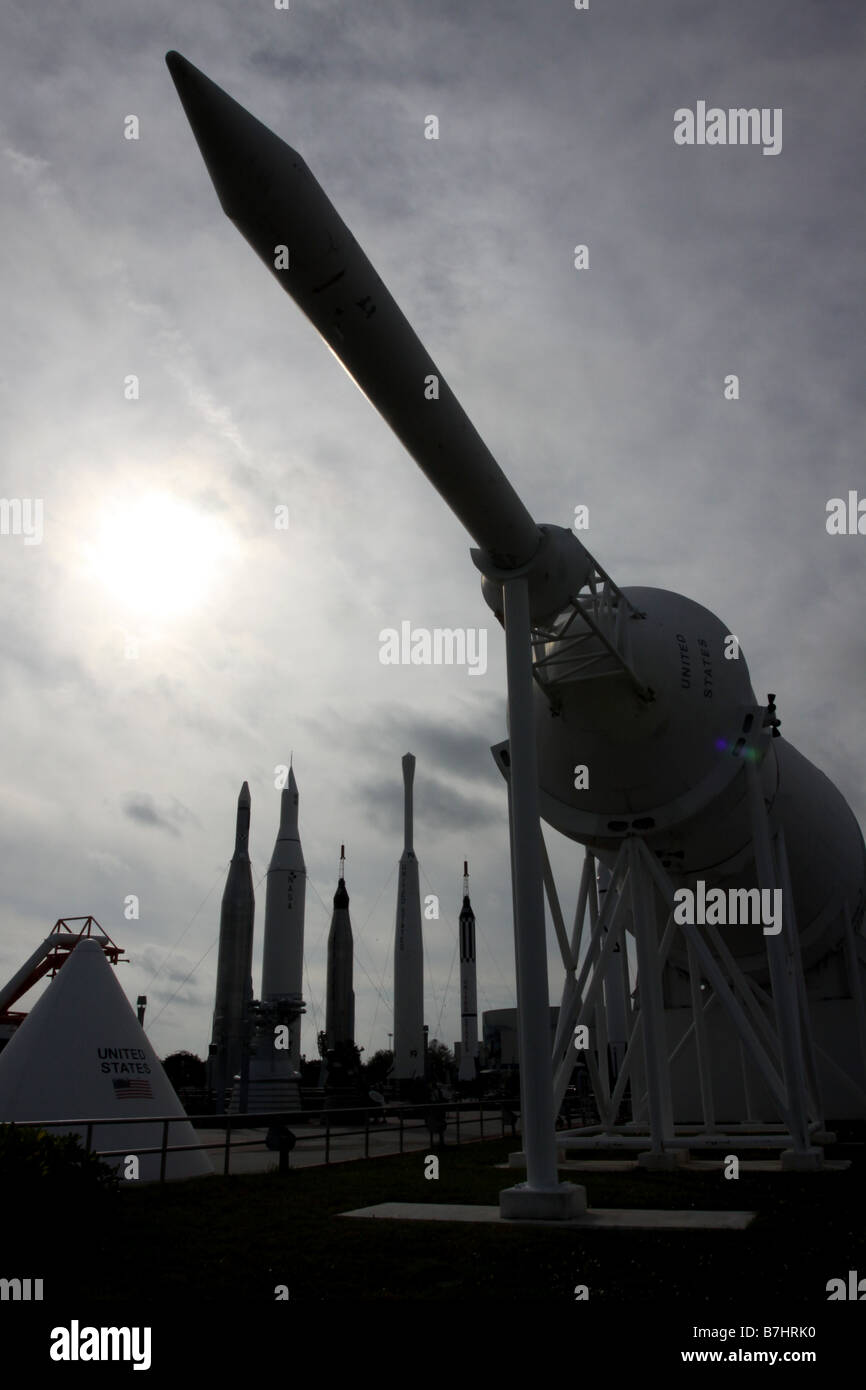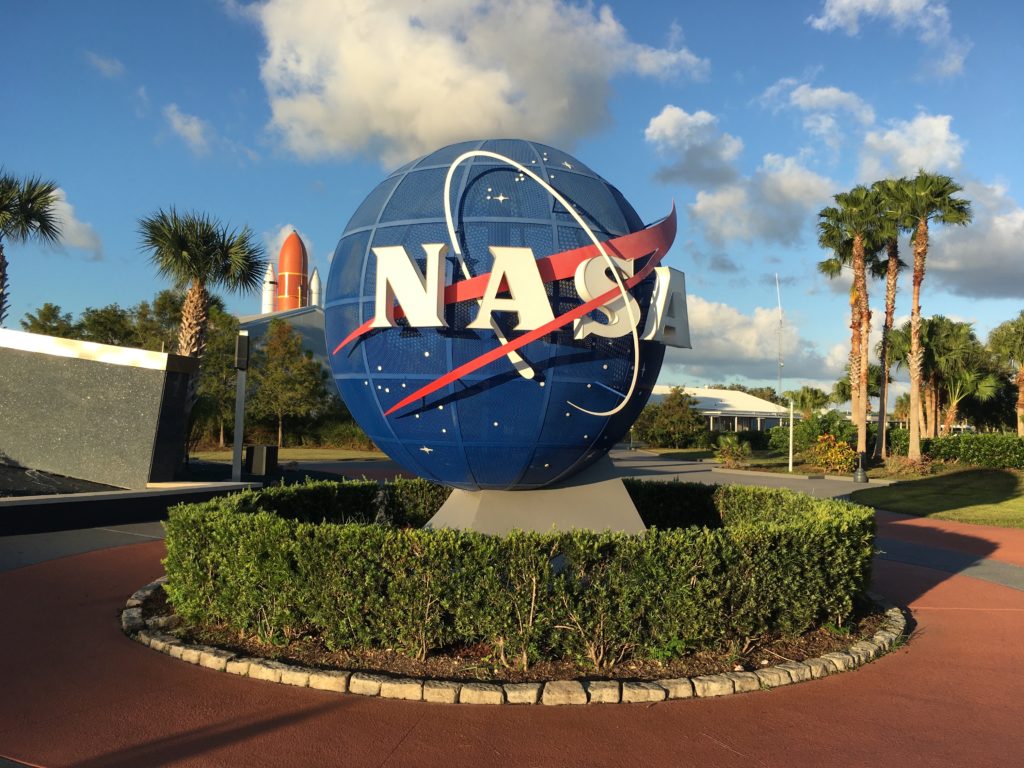

"How do we get to that same thing in the spaceport? I think together that's what we're going to have to cooperatively work on."Ī couple of forces seem to be at play here. "How do we get to a similar airport structure where we have a military base airport and runway sitting side by side with the commercial runway and airport?" Burt said, addressing some of the challenges facing planners. Advertisementĭuring a meeting of the Commercial Space Transportation Advisory Committee last month, the director of operations and communications for the Space Force, Major General DeAnna Burt, said the US military planned to soon issue a letter that would establish an interagency process to look at some sort of national spaceport authority. One of the initiatives being led by John William "Jay" Raymond, the chief of Space Operations for the Space Force, is the "Range of the Future." And one of the ideas the Space Force is considering to increase access to space is pretty radical-merging its historic Cape Canaveral facility with NASA's Kennedy Space Center under a single spaceport authority.

The US Space Force is considering all these questions as it takes control of Air Force assets related to space. Who should have priority to launch? And how many chances should the military missions get before the commercial launch gets an opportunity? And is there a better way to manage launch ranges in the 21st century now that more and more commercial rockets are coming to US spaceports? Having three rockets on launch pads made for some difficult decisions. The second SpaceX rocket, carrying 60 Starlink satellites, stood on the NASA side of the fence, at Launch Complex-39A at Kennedy Space Center. The first two missions were located on the Air Force side of the fence, which is managed by the US Space Force's 45th Space Wing.

Further Reading SpaceX gets back on track with a stunning Starlink launch near sunrise


 0 kommentar(er)
0 kommentar(er)
